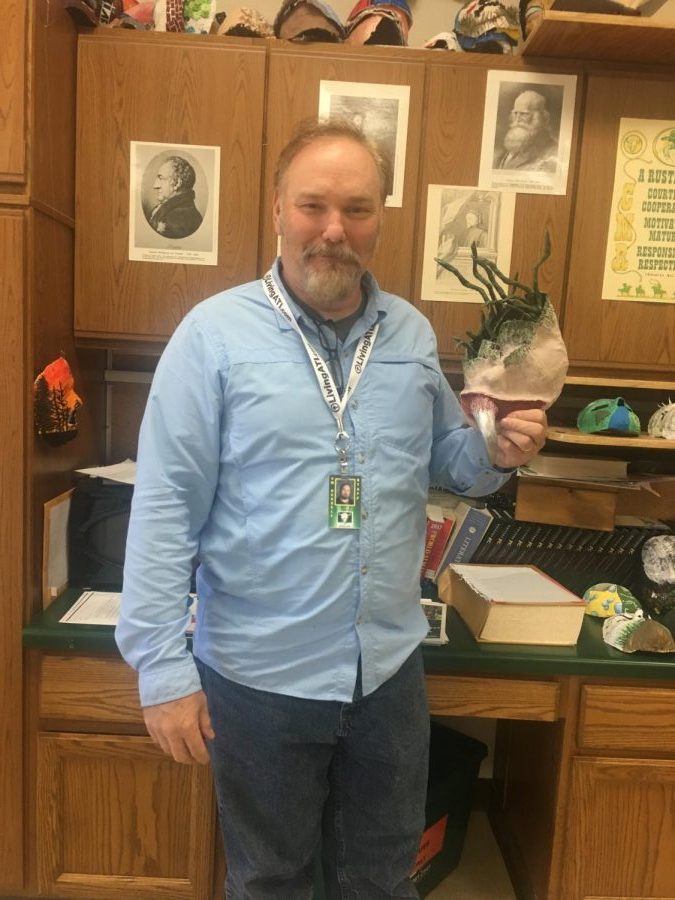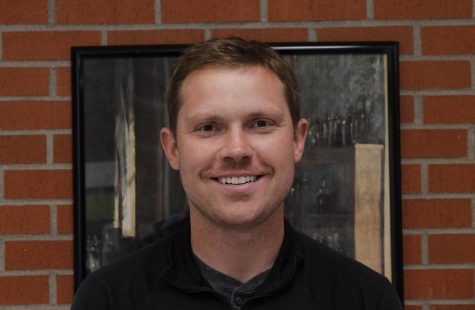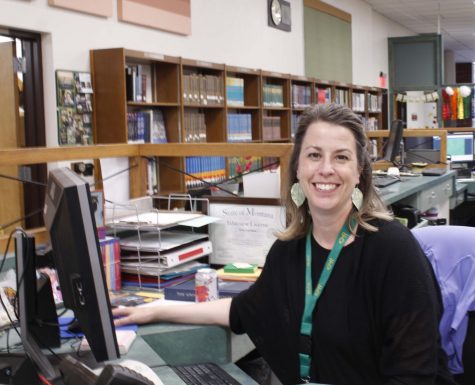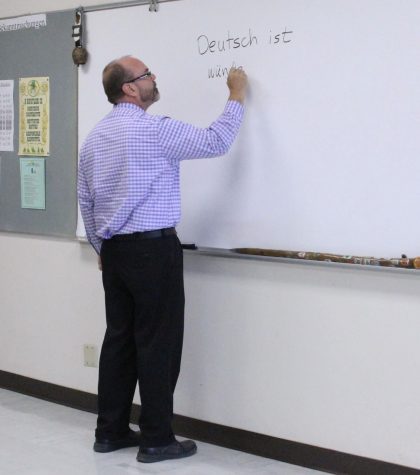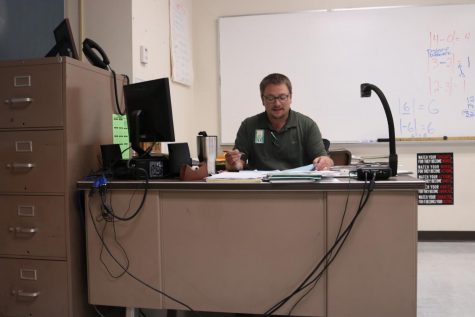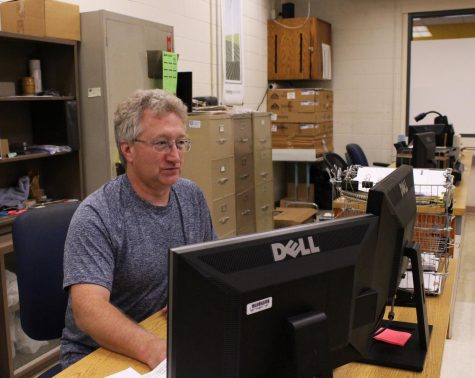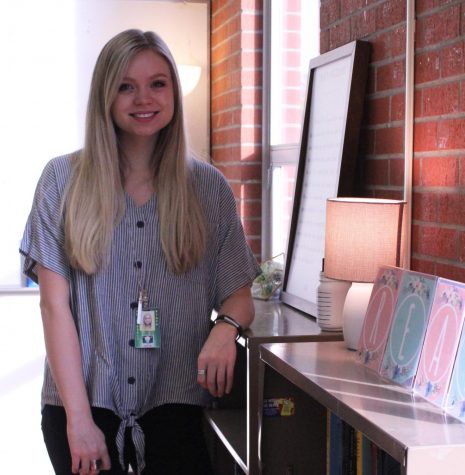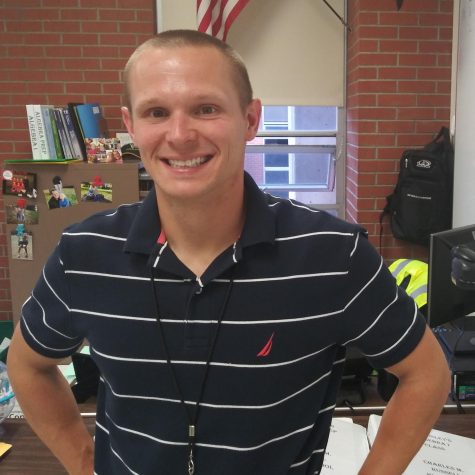The Man behind the masks
October 22, 2017
“I like to think they’re pretty cool,” was the first remark senior English teacher Scott Clapp remarked about the myriad of plaster masks that decorate the walls, cabinets, and nooks and crannies of room 219.
Each mask is a story, and each one is unique. The shape is that of each individual student Clapp has had, and the style and decoration of each mask is as different and unique as the individuals Clapp has taught.
But the masks are more than just decorations or an assignment; they’re metaphors.
“Basically when we start to deal with Hamlet, we begin to deal with the nature of faith and doubt,” Clapp said. “There’s a whole notion in Hamlet that [the characters] are hiding behind these metaphorical masks.”
Clapp expressed that when the idea came to him, he couldn’t help but act upon it.
“The idea came to me that when we talk about not getting people right and the notion of faith and doubt, that affects our perception,” Clapp said. “[The masks] show the metaphor of what you show the world or what you believe the world to perceive you to be.”
Clapp said that after making the mask, which is uniquely formed to each individual face, students write a Shakespearean sonnet to identify the key ideas contained in the mask.
“I’m starting to run out of room,” laughed Clapp. “There’s so many good ones, it’s impossible to pick one.”

